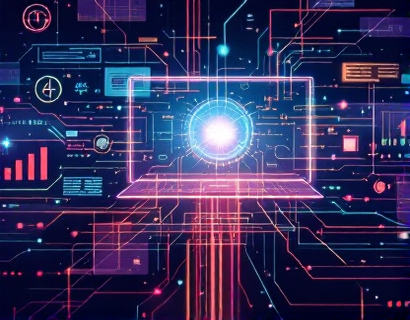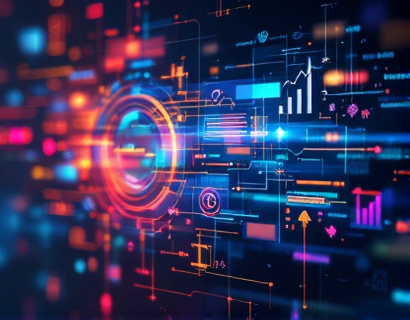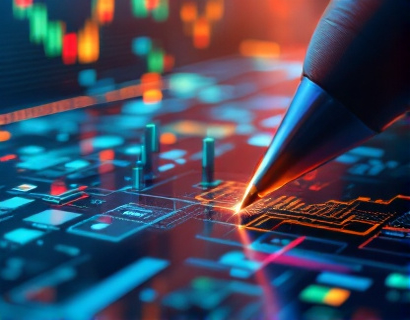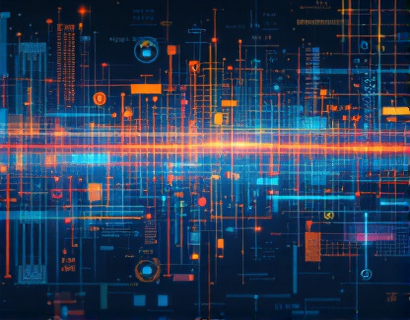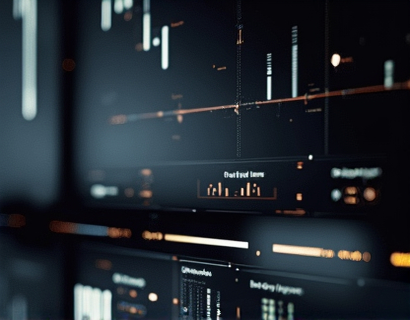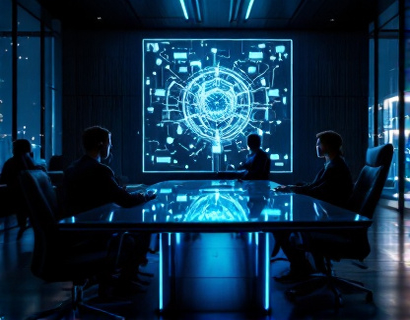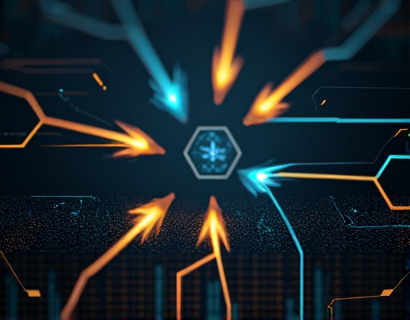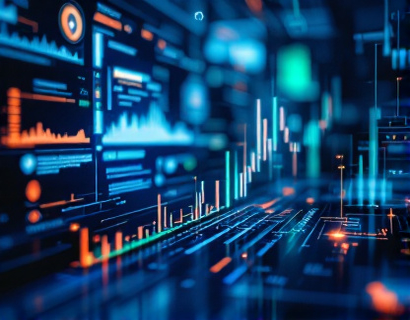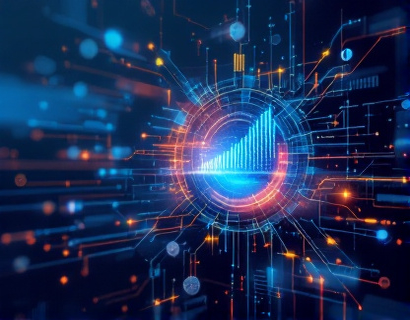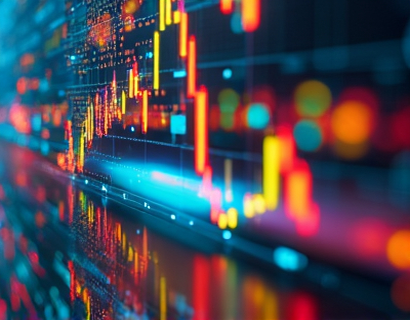Blockchain for Art: Secure and Decentralized Tracking of Historical Artifacts and Cultural Treasures
Blockchain technology, originally designed to support cryptocurrencies, has found a novel application in the art world, revolutionizing the way historical artifacts and artworks are tracked, authenticated, and managed. This technology offers a secure and transparent solution that addresses longstanding issues in the art market, such as provenance verification, ownership security, and the prevention of forgeries. By leveraging blockchain, the art world can ensure the integrity and authenticity of cultural treasures, fostering trust among collectors, museums, and cultural institutions, which is essential for the preservation and management of our shared heritage.
The core principle of blockchain technology is a decentralized ledger that records transactions across multiple computers in such a way that the registered transactions cannot be altered retroactively. This immutability and transparency make blockchain an ideal tool for tracking the history and ownership of artworks. Each block in the chain contains a cryptographic hash of the previous block, a timestamp, and transaction data, creating an unbreakable chain of evidence. This ensures that once information is recorded on the blockchain, it is nearly impossible to tamper with, providing a reliable and tamper-proof record of an artwork's provenance.
For collectors, the ability to verify the authenticity and provenance of an artwork is crucial. Traditional methods of verification often rely on paper records, expert opinions, and physical examinations, which can be incomplete, inaccurate, or even forged. Blockchain technology offers a digital and decentralized alternative that provides a comprehensive and verifiable history of an artwork's ownership and transactions. This not only enhances the buyer's confidence but also adds value to the artwork by ensuring its authenticity and historical significance.
Museums and cultural institutions stand to benefit significantly from blockchain technology as well. These organizations are responsible for preserving and managing vast collections of historical artifacts and artworks. By implementing blockchain, museums can create a transparent and immutable record of each piece in their collection, including its origin, restoration history, and exhibition records. This level of transparency helps in authenticating new acquisitions, tracking the movement of artifacts, and ensuring compliance with international laws and regulations regarding cultural property.
One of the most significant advantages of using blockchain in the art world is the enhancement of security and ownership verification. Art theft and fraud are persistent issues that have plagued the industry for decades. Blockchain can help mitigate these problems by providing a secure and traceable record of ownership. When an artwork changes hands, the transaction is recorded on the blockchain, creating an indelible mark that can be verified by anyone with access to the ledger. This makes it extremely difficult for stolen or fraudulent artworks to be sold or passed off as genuine, thereby protecting both the original owners and the current holders.
Moreover, blockchain technology can streamline the process of transferring ownership and managing rights. Smart contracts, self-executing contracts with the terms directly written into code, can automate the transfer of ownership and the execution of agreements when predefined conditions are met. This reduces the need for intermediaries, lowers transaction costs, and speeds up the process, making it more efficient and accessible for all parties involved.
The application of blockchain in art also extends to the digital realm. Digital art, including NFTs (Non-Fungible Tokens), has gained significant popularity in recent years. Blockchain provides a unique solution for verifying the authenticity and ownership of digital artworks, which are often more susceptible to duplication and forgery. By tokenizing digital art on the blockchain, creators can ensure that their work is unique and verifiable, opening up new avenues for artists and collectors alike.
For cultural heritage institutions, the preservation of historical artifacts is a paramount concern. Blockchain can play a crucial role in this by providing a decentralized and secure platform for documenting and tracking the condition, location, and history of these artifacts. This not only aids in their preservation but also enhances public access and education. Institutions can create a transparent and interactive record that allows researchers, students, and the general public to trace the journey of an artifact from its creation to its current state, fostering a deeper understanding and appreciation of cultural heritage.
The integration of blockchain with other technologies, such as the Internet of Things (IoT) and artificial intelligence (AI), further enhances its potential in the art world. IoT devices can be used to monitor the environmental conditions of stored artifacts, with the data recorded on the blockchain to ensure their proper preservation. AI can analyze the vast amounts of data stored on the blockchain to identify patterns, predict trends, and assist in the authentication and valuation of artworks.
Despite its numerous benefits, the adoption of blockchain in the art world is not without challenges. One of the primary concerns is the technical complexity and the need for specialized knowledge to implement and manage blockchain solutions. Many institutions and individuals in the art sector may lack the necessary expertise, making it essential to develop user-friendly platforms and provide education and support. Additionally, the scalability and energy consumption of blockchain networks are ongoing issues that need to be addressed to ensure sustainable and widespread adoption.
Another challenge is the regulatory landscape. The art market operates across international borders, and the legal frameworks governing cultural property and intellectual property rights vary significantly from one jurisdiction to another. Blockchain solutions must navigate these complex legal environments to be effective. Collaboration between technology providers, legal experts, and regulatory bodies is crucial to develop standards and guidelines that facilitate the use of blockchain in the art world while respecting existing laws and protecting cultural heritage.
In conclusion, blockchain technology offers a transformative solution for the art world, providing a secure, transparent, and decentralized method for tracking the authenticity and provenance of historical artifacts and cultural treasures. By addressing the longstanding issues of provenance verification, ownership security, and fraud prevention, blockchain can enhance trust and collaboration among collectors, museums, and cultural institutions. As the technology continues to evolve and mature, its integration into the art sector promises to safeguard our shared cultural heritage for future generations.



